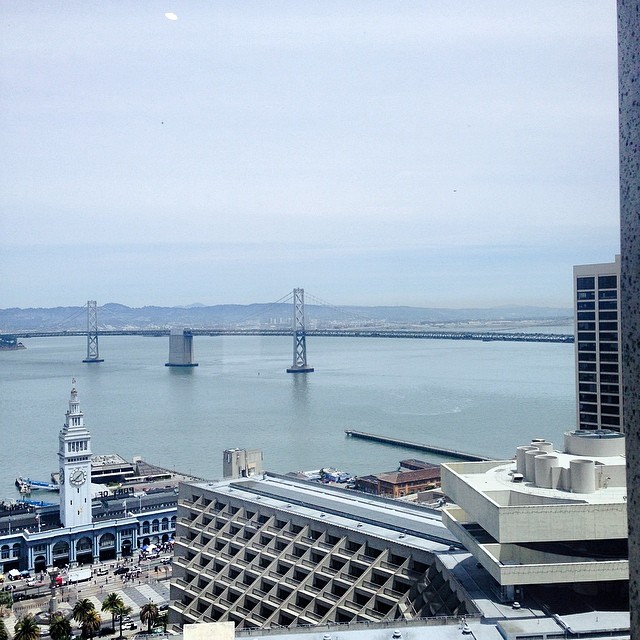Real Estate Forecast and Trends for San Francisco Architects
We recently attended a bi-yearly conference with real estate giants in Los Angeles. The entire event proved to be very educational specially, given the troubled national economy with a strong focus on current and future real estate market trends. The uncertainty in the real estate market as a result of the slowing economy has left a lot of developers and folks involved in the construction industry with questions about where the market is headed. Other questions are about arenas that could prove to be a fruitful investment in the current climate. San Francisco, Bay Area real estate market has stayed stronger than the rest of the country, because of the technology and innovation sector. The rest of the country, even some parts of California have suffered significant blows.
Below are some of the trends and key points that repeatedly came up at the meeting:
- Multi-Family property sector, offers the biggest opportunities for gains and change in the coming years. Existing stock cannot meet the demands of young professionals moving to prime urban centers such as San Francisco, which creates a huge opportunity for developers. Developers also have a better chance of getting construction loans for Multi-family projects.
- Other prospective property types in demand will be office building in urban areas, ware-house properties that offer a cash-flow etc.
- In the coming months it will benefit Owners to lock-in long term fixed rate financing on assets.
- Single Family Lots will become a Real steal for cash buyers.
- Commercial sector will have very few opportunities, except for the centrally located occasional office building and middle market hotels for budget conscious travelers.
- Energy Efficiency Retrofits, reducing the bottom line will be the rage. More and more people are becoming aware of life cycle cost structure and are interested in lowering their operating costs. Regulations and building ordinances will be the other factors pushing green-building. Companies are seeking LEED certification to attract tenants and buyers and meet requirements for mandated ordinances.
- Return to central urban areas will be the focus. With ever increasing oil prices, there is a strong interest in a return to urbanization, with increasing broadband connections over new highway construction or other infrastructure.
- Major investment attractions are cities like Washington DC, Austin, TX and our San Francisco, amongst 17 other cities like San Jose, CA, Miami, FL, Atlanta, GA, etc.
- Historically, housing has fed the economic lows, but this time around the economy needs to improve to feed the real estate sector to create more manufacturing and construction projects.
- Vacancy rates will go down in the coming year for commercial office spaces, but not significantly. Demand for Commercial Office space will depend primarily on location. Investments farther from the urban center will prove to be considerably riskier. Working at home trend is here to stay for both urban and suburban environments.
- On-line shopping will continue to significantly hurt the retail sector.
- Single family housing market is directly tied to an over cautious buyer, interest rates, unqualified buyers and low-employment rates and may take 3-4 years to strengthen and recover.
